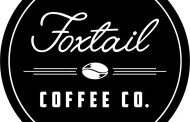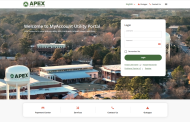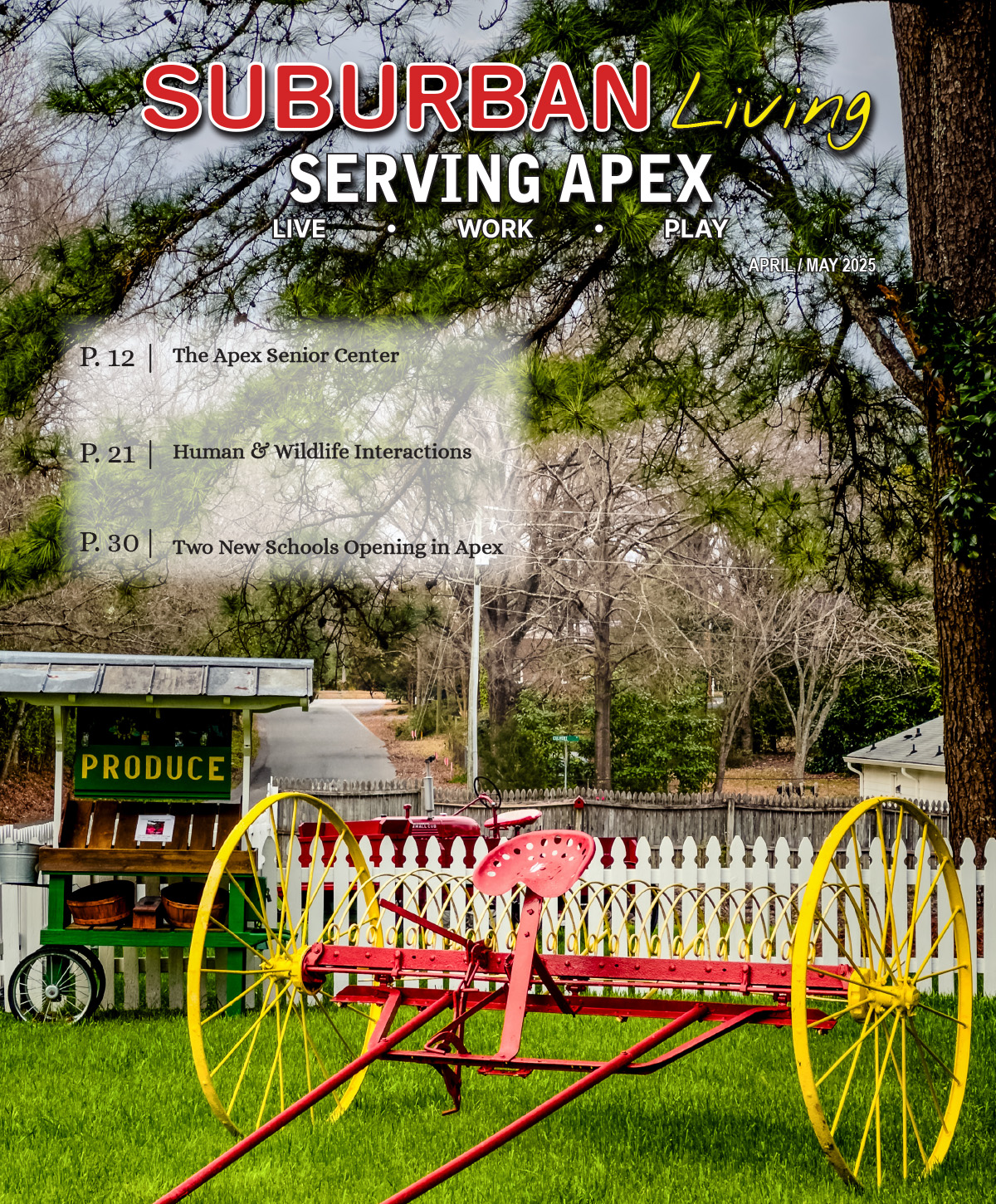There are many things to think about when you are nearing retirement, and one important matter is coming up with a portfolio withdrawal plan. Retirement income planning can be very complex because it is a balancing act of providing systematic withdrawals, the need to preserve portfolio capital, incorporate growth, and most importantly make sure the money does not run out. With average life expectancies continuing to increase, today’s retirees need a plan that will last up to 30 years or more. There are many strategies that can be deployed, and the best one to use may change over time depending on what is happening with the market as well as current fiscal and monetary policies.
One popular method of providing retirement income is to construct a portfolio that includes bonds, which produce interest income, and stocks that pay sizable dividends. In today’s market and economy, this approach is not the best plan. Treasury and bond yields are at historic low levels, so they are not able to produce the necessary income needed. In addition, the recent economic damage due to the Covid-19 pandemic has caused dividends to be slashed. If one were to use this approach, it would require using higher risk asset classes, and that is something most retirees are not willing to do. If you are nearing retirement, consider a different approach.
Total Return Approach
Designing an investment portfolio for retirement with a focus on the total return instead of just income production is known as the “total return” approach. Viewing the portfolio from an income and principle standpoint is essentially abandoned as distributions are funded not only by income production but also by trimming back appreciated stock positions. It is referred to as “total return” because it uses all components of what makes up returns in a portfolio – interest, dividends, capital gains, and principal. Here is how to put the total return retirement funding plan in place.
Determine Amount of the Portfolio Buffer “Ladder”
The first step is to determine how much you need to withdraw monthly from the portfolio. This amount is multiplied by 12 to convert it to an annual figure. At this point the portfolio buffer can be established, which is generally set up for 3-6 years of needed income in the form of cash and bonds. The buffer protects your investment portfolio since it keeps you from having to sell stock during times when nothing may be performing well, or if a sharp market downturn happens. Traditionally, the buffer is established using CDs and Money Market accounts for shorter-term cash needs and bonds for longer-term needs. The portfolio buffer is sometimes referred to as a “ladder” since the money is maturing at different times in the future.
Building the Portfolio Buffer “Ladder”
With yields at an all-time low, investors are currently leaning towards using more bonds instead of CDs. Bonds can be purchased either individually or in a fund and there are advantages and disadvantages for both. Individual bonds allow more control of the risk, yield, and maturity date. When held to maturity, you should get your principal back. The downside to them is they are more suited for investors with sizable portfolios as they are generally offered in larger denominations. You would need to include several different issuers for adequate diversification. Bond funds are a popular choice because they can be purchased with a smaller investment, and diversification is already built in. There are two main disadvantages of bond funds. First, there may be fluctuations of monthly income due to the different maturities of the bonds held by the fund. Second, without a scheduled maturity, the future value of the fund is unknown. It may be higher or lower due to changing interest rates.
Some popular bond ETFs include:
Vanguard Intermediate-Term Corp Bond ETF (VCIT)
iShares iBoxx Investment Grade Corp Bond ETF (LQD)
A combination option would be to use target date maturity bond funds from iShares and Invesco. Target maturity bond funds, like individual bonds, mature at scheduled dates, usually December of a given year. For example, the iShares iBonds 2024 Term Corporate Bond matures mid-December of 2024. There is less flexibility (due to only having December maturities), but you get more diversification, they are inexpensive, and are an easy way to build out your portfolio ladder.
Implement a Broadly Diversified Asset Allocation
After the buffer has been established, the stock side of the portfolio should be designed using multiple asset classes to ensure it is adequately diversified. The percentage of stock in the portfolio will differ for each retiree based on multiple factors, such as risk tolerance, portfolio size, distribution needs, and timeline. The stock portion generally decreases in deeper retirement; however, most retirees should maintain at least some stock to provide growth and combat inflation.
Replenishing the Income Buffer
As distributions occur, the amount of buffer will be reduced, and it will need to be replenished on a regular basis. Interest, dividends, and capital gains should be used to replenish the buffer instead of reinvested. The portfolio should also be periodically reviewed to manage the asset allocation by trimming appreciated investments which are then used to top off the buffer. Rebalancing is also a great time to revisit your distribution needs and timeline and make any necessary adjustments.
Factor in Taxes
As most portfolios tend to be a combination of tax-deferred, taxable, and tax-free accounts, the impact of taxes cannot be ignored when rebalancing and replenishing the buffer. Some strategies to mitigate taxes include tax-loss harvesting in taxable accounts and timing the sale of highly appreciated investments to low tax years. As RMDs (Required Minimum Distributions) have been suspended in 2020, this would be a good year to consider taking additional capital gains.
One final advantage of the total return approach is that it provides peace of mind. Retirees appreciate the steady cash flow and multi-year protection the buffer offers. This allows them to focus on their desired activities and not worry about their portfolio.
Deborah Hobart, CPA is a Financial Advisor at Blue Water Capital Management, LLC, a fee-only financial advisory firm in Apex, NC. For more from Deborah, check out Blue Water’s latest Investing Insights on their website. .








